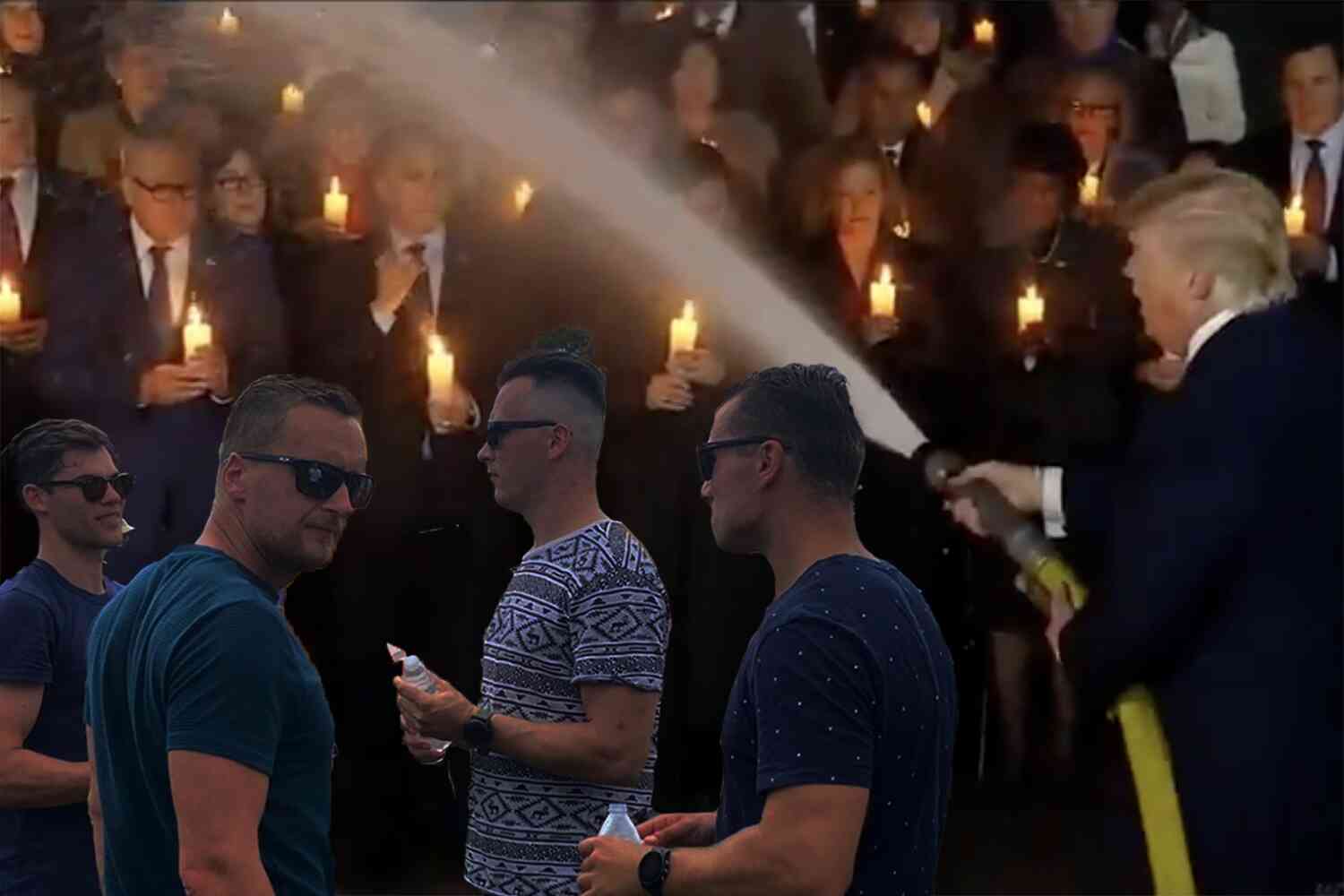One of the latest discoveries in the world of biblical research comes as a result of ultraviolet light technology that allowed researchers to see and translate a portion of scripture written nearly 1,500 years ago.
Historian Grigory Kessel from the Austrian Academy of Sciences published his work at Cambridge and explained how the new technology has provided more insight into the preservation of scripture:
Kissel said that they found an ancient version of Chapter 12 in the book of Matthew in the Bible that had been hidden beneath a section of text for over 1,500 years. His discovering is one of the earliest translations of the Gospels, first created in the 3rd century and copied in the 6th century.
This is not the original New Testament Hebrew or Greek, but it's in Syriac, a form of Aramaic – one of the first languages the Bible was translated into during the 5th century.
This particular copy appears to be from the 6th century, so it's a very early translation of the New Testament.
The text revealed by the UV technology had been impossible to read to this point because it had been written over at some point centuries after it was first produced.
The press release about the discovery says the text was erased and written over because, at the time, parchment was very difficult to come by so this was a fairly common practice.
This is the fourth manuscript fragment from the Syriac language ever discovered.
The fragment is so far the only known remnant of the fourth manuscript that attests to the Old Syriac version — and offers a unique gateway to the very early phase in the history of the textual transmission of the Gospels.
For example, while the original Greek of Matthew chapter 12, verse 1 says, "At that time Jesus went through the grainfields on the Sabbath; and his disciples became hungry and began to pick the heads of grain and eat," the Syriac translation says, "[...] began to pick the heads of grain, rub them in their hands, and eat them."
This new tech just goes to show you the reliability of the Bible even in its multiple translations and copies over the millennia.
A truly remarkable find.









